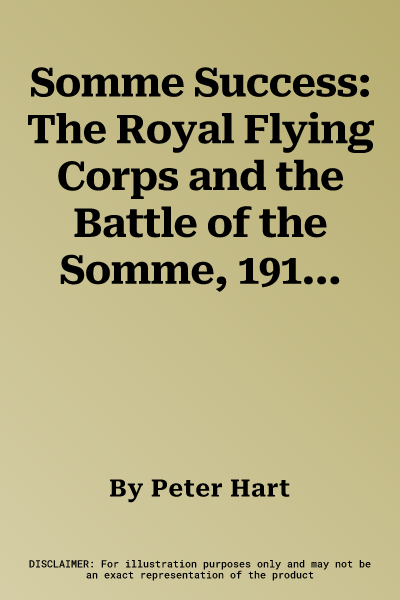High above the blood soaked trenches of the Somme during the Summer and
Autumn of 1916, the Royal Flying Corps were acting out - and winning -
one of the first great aerial battles of history.
Even in those pioneering days of flying, primitive aircraft flown by
brave young men were of significant military value. Before the battle,
photographic reconnaissance aircraft from both sides were desperately
trying to map the opposition's deployment. Artillery spotting aircraft
were proving invaluable in directing devastating fire onto otherwise
hidden targets. Bombing raids became a normal routine.
Somme Success is a highly effective description of all facets of air
operations of the period. It uses the voices and accounts of those who
were there. It describes how the RFC met the Fokker scourge head on
using DH2 single seaters and, later, the ubiquitous FE2B two seaters, of
the type that German 'Ace' Max Immelmann was shot down by.
Having conceded air supremacy to the RFC early in the offensive, the
German Air Service launched an aerial counter attack during August and
September. The elite scout squadron led by Oswald Boelcke raised the
stakes and their Albatross single seaters proved superior to any allied
aircraft. Richthofen then appeared on the scene and a new period of
German supremacy began.
This is a thrilling account of the dramatic events of the period and an
insight into the 'glamorous' world of the Great Aces.

